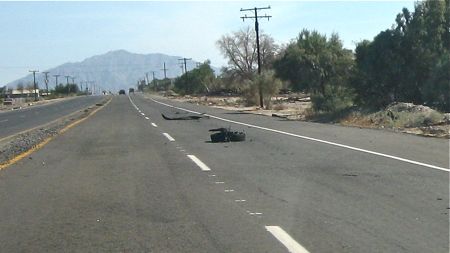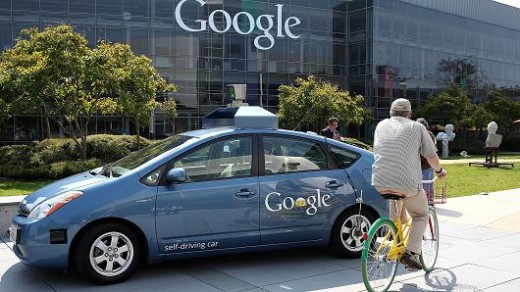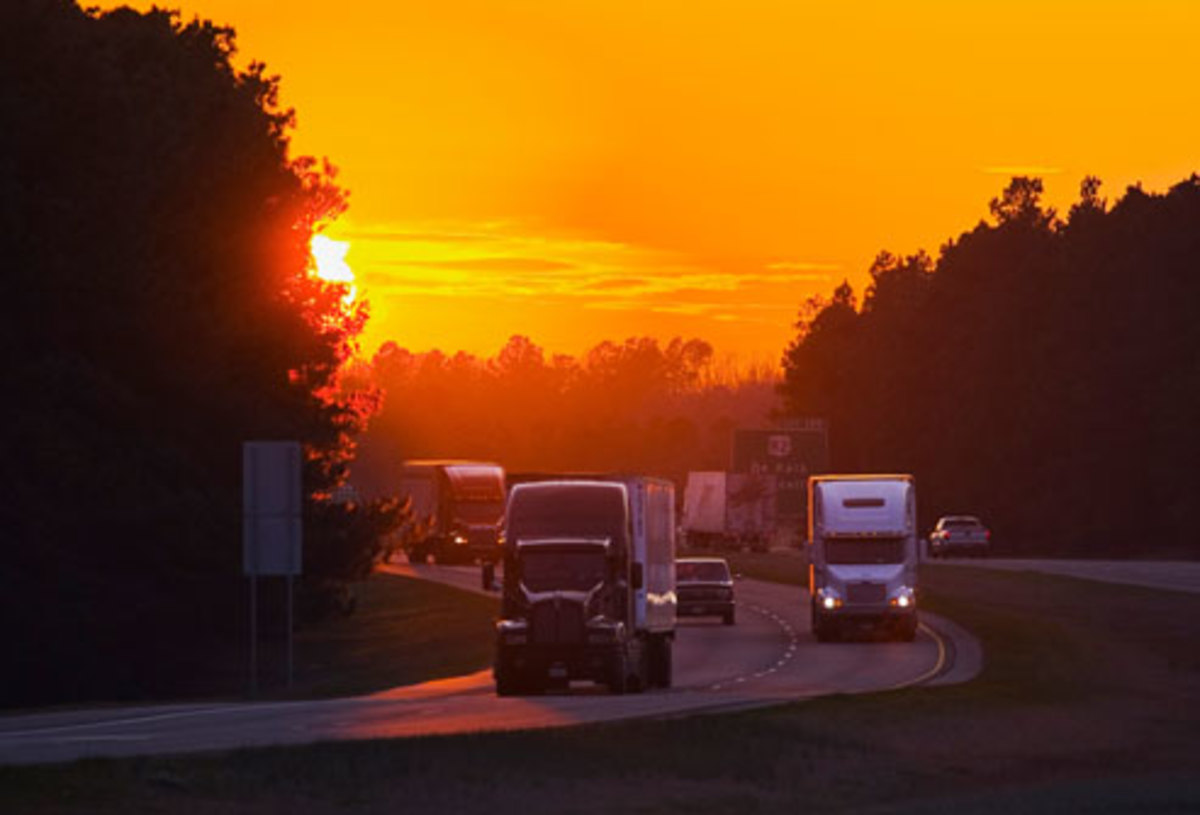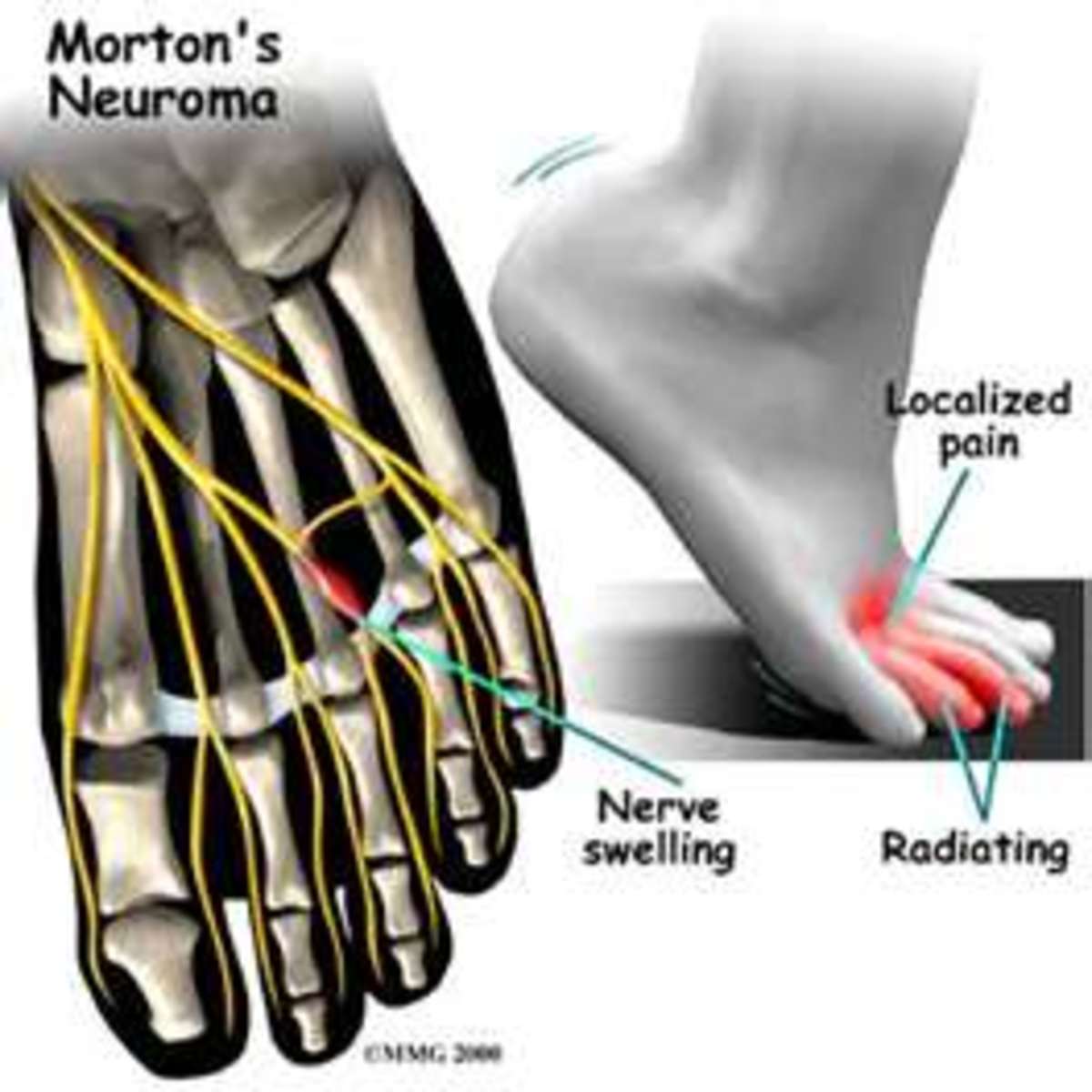The Brain Thesis - Part III

Introduction
This hub is a continuation on my thesis regarding the human brain. How it works so well in so many incidences. This hub deals with fuzzy logic.
- Aug. 2016
Background
I was thinking about how we humans drive automobiles and what a self-driving vehicle must deal with in order to be successful. To begin with, the skill of driving is very complex. It is taught by parents to their teenagers or by professionals. That is just the beginning. For most of us, it requires driving on many roads to learn all the various aspects of being a good driver. It may lead to even accidents at times. Because their are so many variables that may confront a driver, it is impossible to teach or prepare the new driver for all cases.
How does human learn to drive?
- we first learn the rules of the road buy reading a driver's manual prepared by the State Motor vehicles Department.
- next we taking driving classes to learn the basics of steering, braking, parking and U-turns and signaling and changing lanes...
- we pass a driving test.
- we learn by driving, first local streets, and then highway driving...
- we learn from experience driving under various weather conditions such as rain, snow and ice, and fog...
- we also learn from our mistakes by getting tickets or getting into accidents...
How do we transfer those knowledge to a machine or artificial intelligent system?
- the program consists of a set of instructions. It is also a series of decision trees of if this then that...
- it relies on various sensors that let the system evaluate its surroundings.
- it may communicate with other cars on the road so as to maintain safe distances.
- it needs a human interface that is intuitive.
- it needs to know the roads and GPS to guide it safely from point A to point B.
What Else Does Our Brain Do?
In addition to the basics, a human brain can solve a complex problem on the fly. That is it can make instantaneous decisions while driving at 60 MPH based on the conditions on the road. This decision process is sometimes called fuzzy logic. It is fuzzy because it relies on many input conditions and the results are not always predictable. That is given two very similar situations, a human driver could end up with different responses to the condition and sometimes, there is no optimum solution and a random choice is made based on gut instinct.
Contrarily, a computer cannot do this easily. A computer program relies on a set of rules. It then applies all the current inputs from all the sensors at its disposal and must compute the optimum solution in a short amount of time and it must constantly monitor feedback to see if the results match its goals. The more complex the rules, the longer it takes to process. In some cases, the rules may be contradictory. In some cases, the sensors may malfunction and produce false information. It is up to the computer programmer to put in redundancies to make sure they will detect these cases and handle them accordingly.
Another important thing our brain does is it can prioritize various signals and determine what is important and what is not. The brain has very sophisticated pattern recognition function such that it can determine whether some items on the road could be dangerous or not. All this is a learned skill based on many miles of driving behind the wheel. Our brain for example can determine if a plastic bag or paper flying across the road is safe while a rock or a piece of rubber tire is to be avoided. An experienced driver will do this automatically without thinking. A computer system must process all information and make a determination in all weather conditions day or night.
Pattern Recognition (Debris on roads)

How Does Our Brain Do It?
The question or mystery is how does our brain do this? Some scientist has proposed the model that our brain has a predictive nature that it is trained to focus on anything that is out of the ordinary. It is trained to recognize normal events and allow them to be de-emphasized. That way, the brain can save the energy or power to work on items that are odd. It is the reason that sometimes we can be on "auto pilot" mode and do things that we repeat while multi-tasking on other things. For example, driving home from work and talking on the phone with the wife getting directions on items to pick up at the local store. As long as everything is going normal, the brain is focused on other tasks, however, if suddenly, a dog runs onto the street, the driver will quickly react and hit the brakes or swerve to avoid hitting the animal.
In computer lingo, this is called an "interrupt" subroutine. Something more pressing needs the computer's attention and causes this interrupt of whatever it was doing.
How Would A Self Driving Car Work?
In order for a car to be fully autonomous, it must be able to deal with all conditions that exists today. The main obsticle in my mind is the problem of fuzzy logic. How can you instruct a computer program to think for itself and to learn from it's past experiences?
For example, a highway has a speed limit of 55 MPH. This can be programmed into the car's rule base. What if it is raining or snowing or black ice on the road? The human driver will adjust his speed based on road conditions. He knows he can drive perhaps 10 miles above speed limit on a clear day but may slow down to 40 MPH due to weather conditions. He knows this instinctively having driven in similar conditions in the past and also watching what other drivers in front are doing.


Summary
The human brain is an amazing organ. It can perform many tasks and it does this for the most part unattended and behind the scenes. Also, the most amazing part of the brain is the ability to make sense out of a chaotic world. It is able to cut through the forest and identify the key components and make a decision on the fly. This ability allows the average person to be able to drive a car from one location to another through all kinds of obstacles along the way. It may not always come up with the best solution but it gets the job done.
My personal opinion is that self driving vehicles have a long way to go in matching the capabilities of a human driver. It may be good or even better at certain tasks and avoid accidents but overall, a human can handle the unexpected better.








